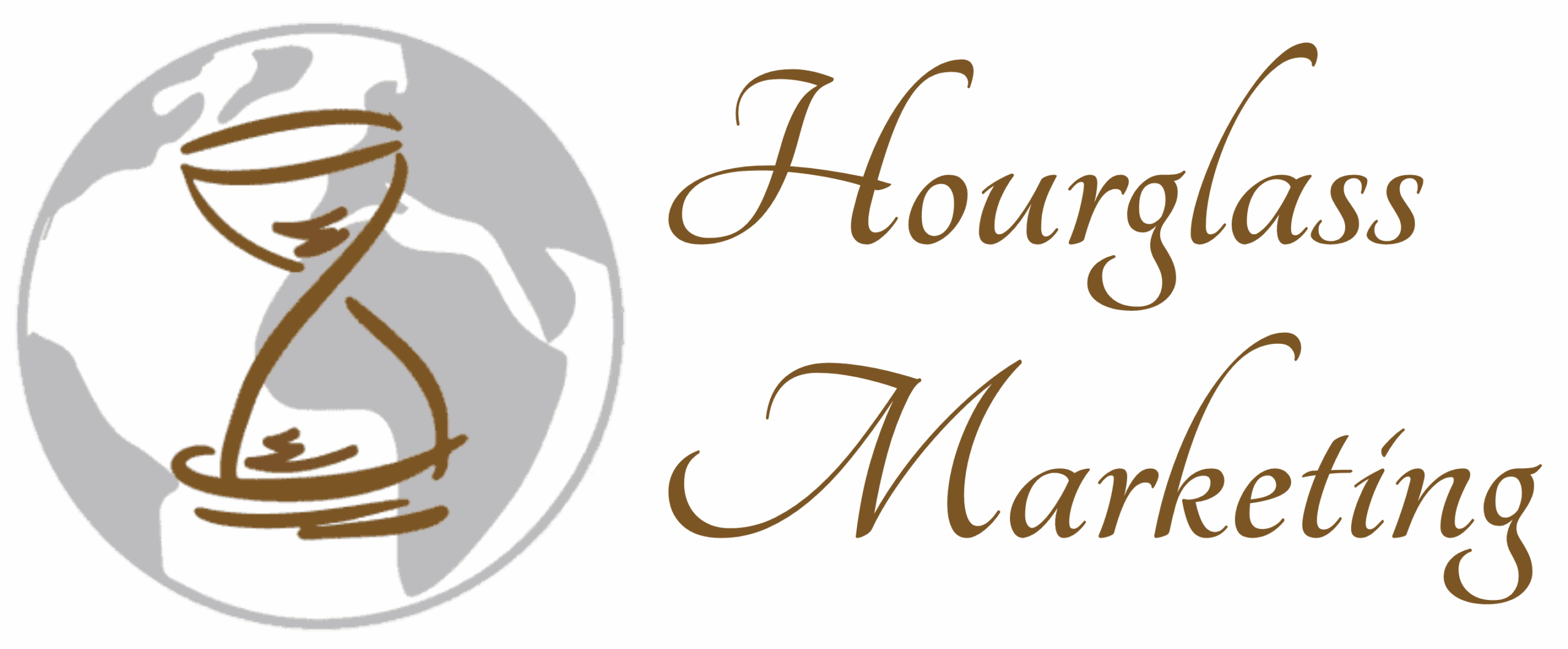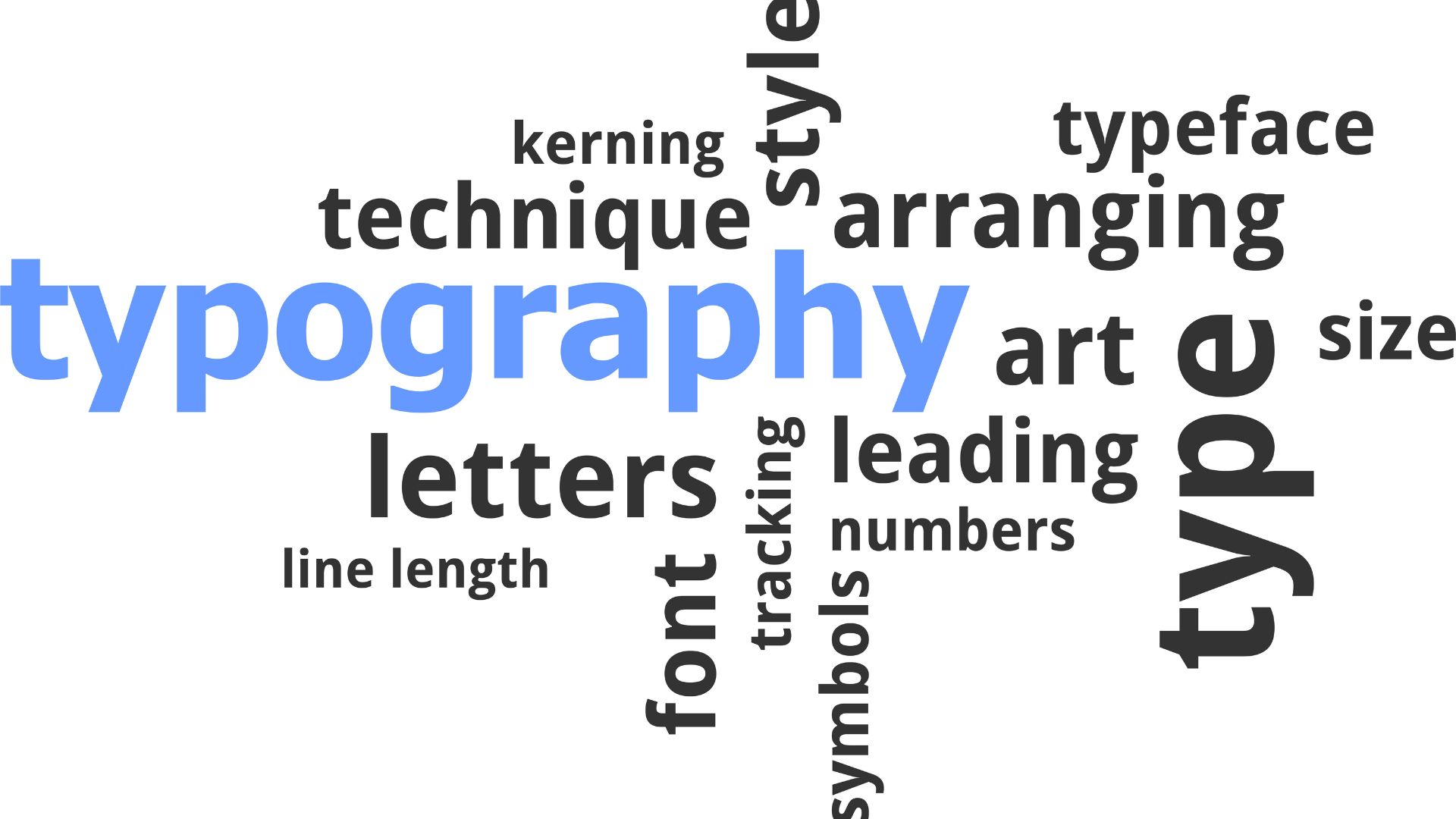
Typography plays a crucial role in graphic design, as it influences how messages are conveyed and how the audience engages with content. Whether you’re designing a logo, website, or marketing material, mastering typography can elevate your designs and make them more impactful. Let’s explore essential typography tips that will help you create better, more effective designs.
The Importance of Typography in Design
Typography is more than just choosing pretty fonts; it plays a vital role in how information is conveyed and perceived. Well-executed typography can significantly enhance the readability, legibility, and overall aesthetic of a design. It sets the tone for the message, guiding the audience’s attention and shaping their perception of the brand or content. Proper typography can create a seamless flow of information, making it easier for users to navigate and engage with the content. In contrast, poor typography can lead to confusion, frustration, and a negative user experience. Whether in web design, print, or branding, typography is a key component that directly impacts the effectiveness of any design.
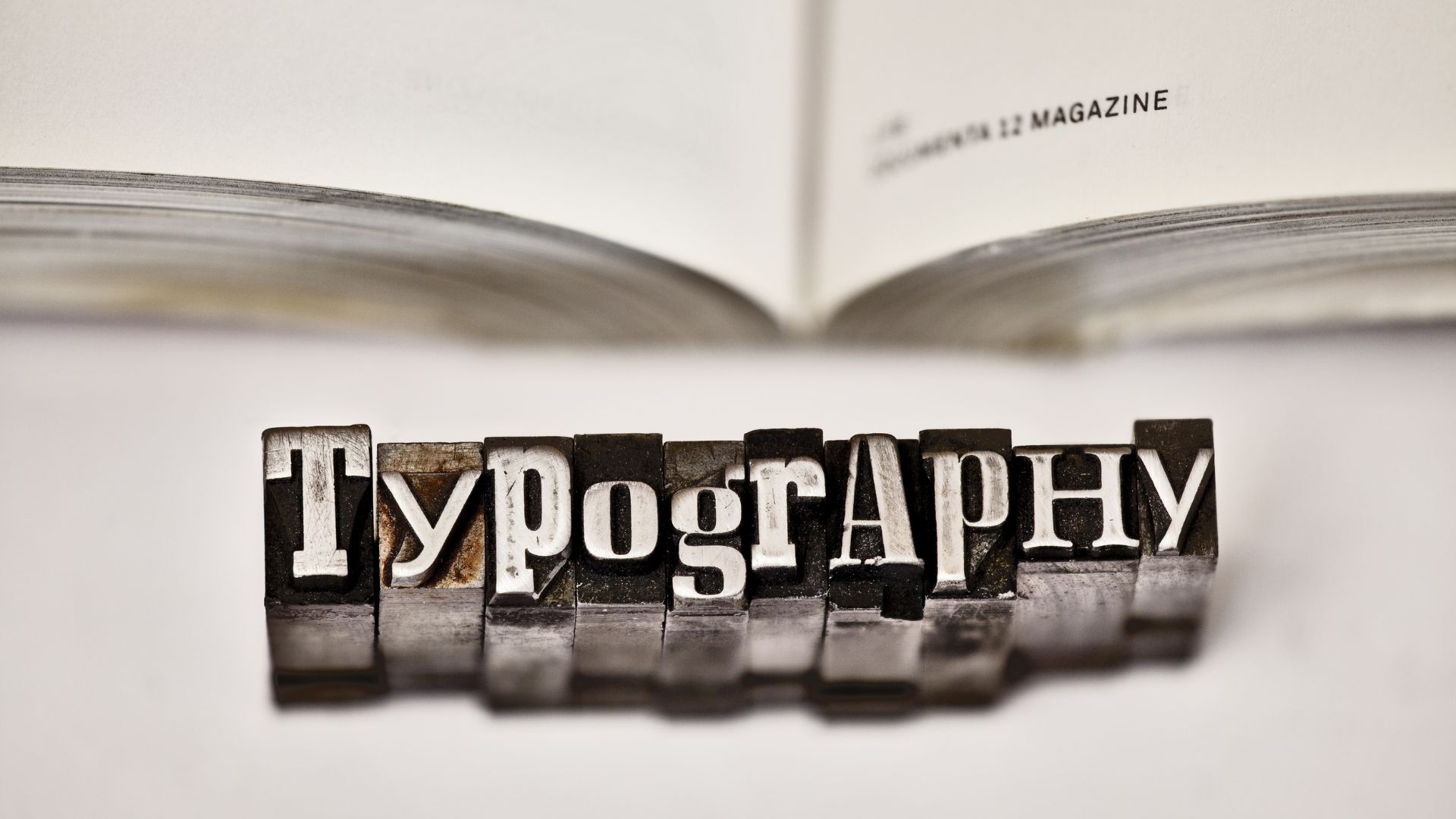
1. Understand Typeface Selection
Choosing the right typeface is one of the most important decisions in typography design. Your typeface should align with the message and tone of your design.
- Match the tone: Select a typeface that reflects the mood of the content (e.g., playful fonts for fun content or elegant fonts for high-end brands).
- Limit your fonts: Stick to two or three fonts to avoid clutter and create harmony.
- Versatility: Choose typefaces that work well across different mediums and sizes.
2. Master Font Pairing Techniques
Effective font pairing enhances your design by creating contrast while maintaining visual harmony. Pairing fonts correctly can make your text more readable and engaging.
- Complementary fonts: Pair a serif font with a sans-serif font to create balance and contrast.
- Use hierarchy: Different fonts can signify importance (e.g., bold for headings and light for body text).
- Avoid overcomplicating: Limit the number of different fonts to keep your design clean and focused.
3. Prioritize Readable Fonts
Your design should prioritize readability. If your text isn’t easy to read, users will quickly lose interest.
- Legible sizes: Ensure font sizes are large enough for easy reading on both desktop and mobile.
- Avoid overly decorative fonts: Fancy fonts may look appealing but can make the text harder to read.
- Line spacing: Use appropriate line spacing (leading) to improve text clarity.
4. Create a Strong Visual Hierarchy in Typography
Establishing a clear visual hierarchy helps guide the viewer’s eyes and makes the content more digestible.
- Vary font sizes: Larger fonts for headings and smaller ones for body text help create distinction.
- Contrast weights: Use bold or heavier weights for emphasis on important sections.
- Strategic color use: Contrast font colors with background colors to draw attention to key elements.
5. Embrace Modern Typography Styles
Modern typography styles offer new ways to make your designs stand out. Incorporating current trends can make your designs feel fresh and engaging.
- Minimalist typography: Focus on clean, simple fonts that align with current design trends.
- Geometric fonts: These fonts are sleek and easy to read, adding a modern touch to your designs.
- Large type: Big, bold typography makes a statement and draws attention.
6. Master Typography for Beginners
If you’re new to typography design, there are several basic principles to understand that will set you on the right path.
- Learn font anatomy: Familiarize yourself with parts of a letter, such as ascenders, descenders, and serifs.
- Experiment with alignment: Proper alignment ensures text looks balanced and well-organized.
- Use grid systems: Grids help in arranging text uniformly across your design for consistency.
7. Apply Typography Rules for Designers
Certain typography rules help guide your design decisions, ensuring that the typography in your project is both functional and aesthetically pleasing.
- Keep it consistent: Consistency in font usage, sizes, and spacing ensures a cohesive design.
- Avoid too much contrast: While contrast is important, overdoing it can lead to chaos and distract from the content.
- Whitespace is key: Give your text room to breathe by using ample whitespace, improving readability.
8. Focus on Legibility in Design
Legibility is crucial to making sure your audience can easily consume the information you’re presenting.
- High contrast: Ensure enough contrast between text and background for easy reading.
- Simple font styles: Stick to fonts that are easy to read, even at smaller sizes.
Avoid overcrowding: Don’t cram too much text into a small area. Provide breathing room to enhance legibility.
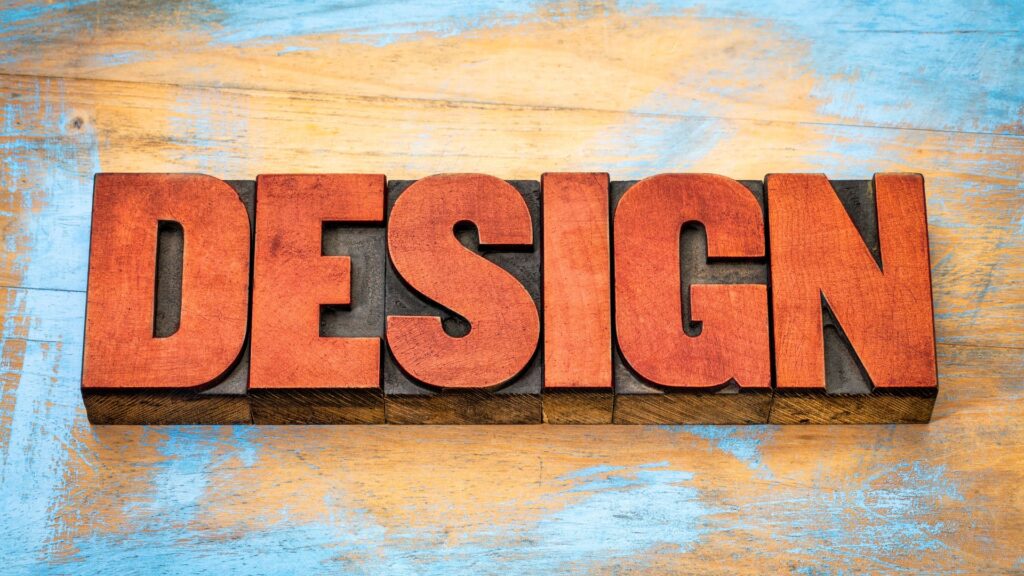
Consistency in Typography Enhances Clarity
Effective typography design is an essential element of any successful graphic design project. Whether you’re crafting a simple website, a logo, or marketing materials, mastering typography tips such as font pairing techniques, text layout design, and creating visual hierarchy will help make your design stand out. Focus on legibility and effective font usage to ensure that your message is clear and engaging.
At Hourglass Marketing Solutions, we specialize in creating stunning designs that speak to your audience. Our typography design expertise can help elevate your brand’s message with visually appealing and legible fonts. Whether you’re designing a new website or refreshing your marketing materials, we are here to bring your vision to life. Contact us today to discover how our typography and design solutions can enhance your brand’s impact.
